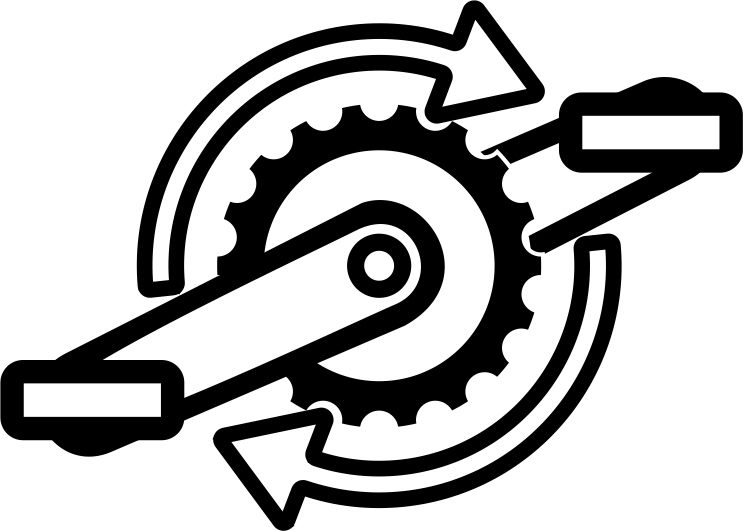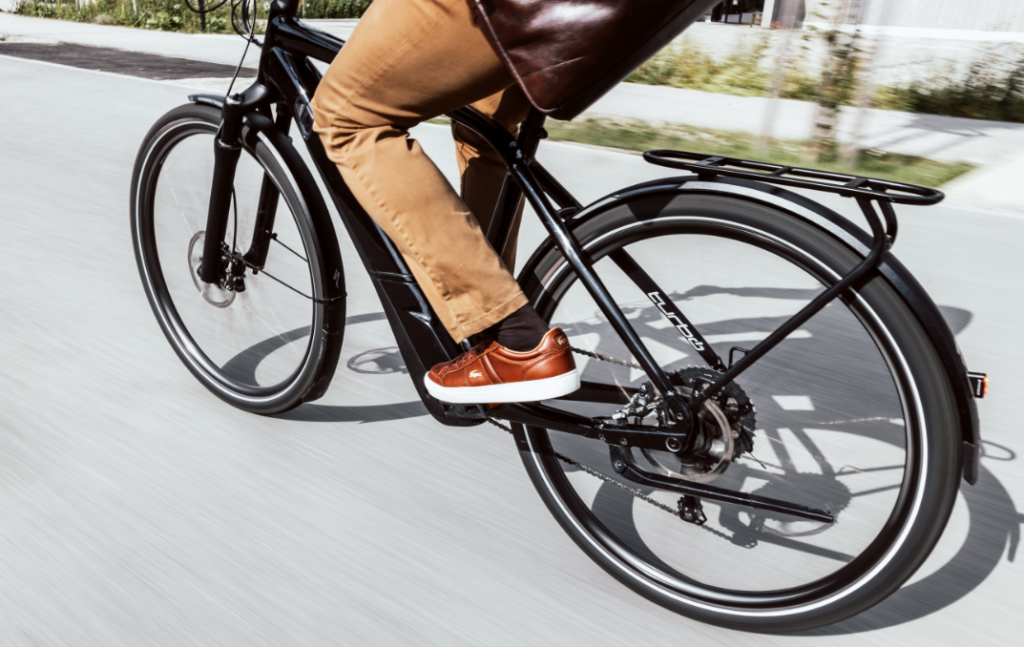MOTORS
Benefits
These are the common design values for all our motors:
- In-house engineering
- Seamless integration
- California Design, Swiss Engineered
For Riders, the motor plays a significant role since they directly interact with it when pedaling. The following ride characteristics apply to all motors:
- It`s you, only faster
- Natural ride feel
- Smooth, powerful & quiet
- Custom firmware
- Consistent support over a broad cadence range
- No added drag without assistance
The icing on the cake are our connectivity options.
- Mission Control app to customize and control the Turbo system
- Connect to the built-in ANT+ sensors to see speed, cadence and Rider power on any suitable ANT+ device
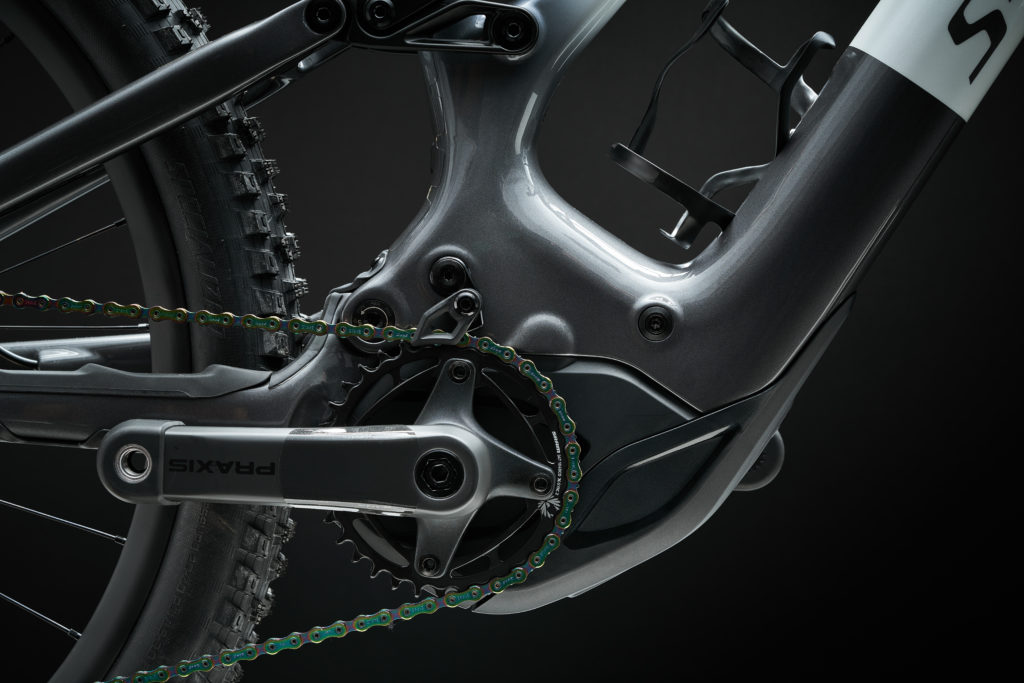
Vertical vs. horizontal integration
Full Power motors integrate either vertically or horizontally into the frame. This means motors feature different housings and mounting tabs; also installation hardware can be specific.
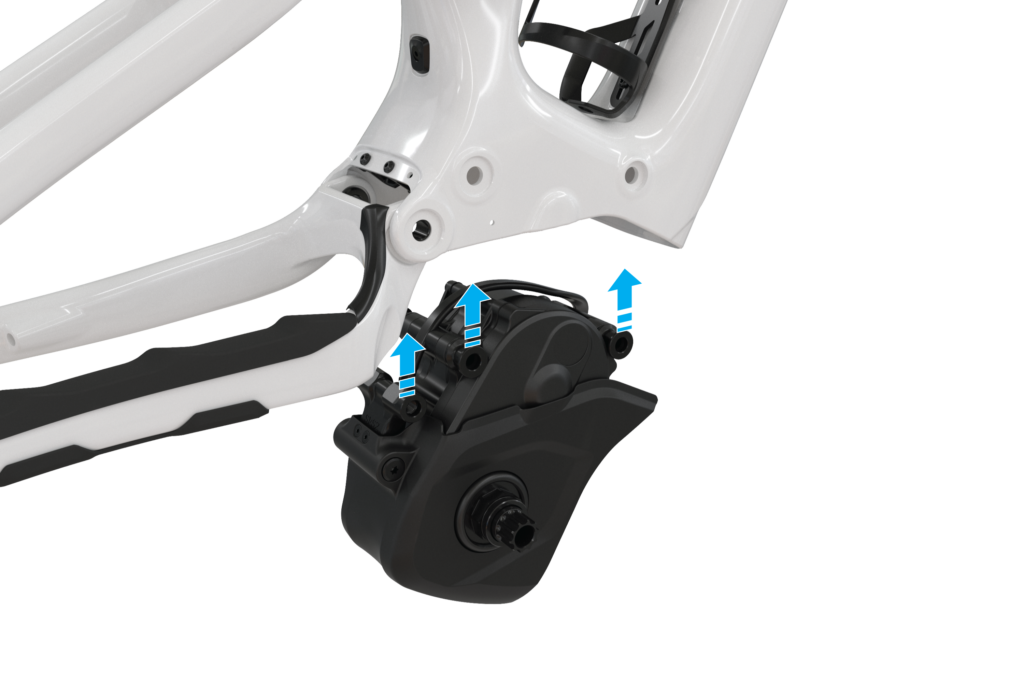
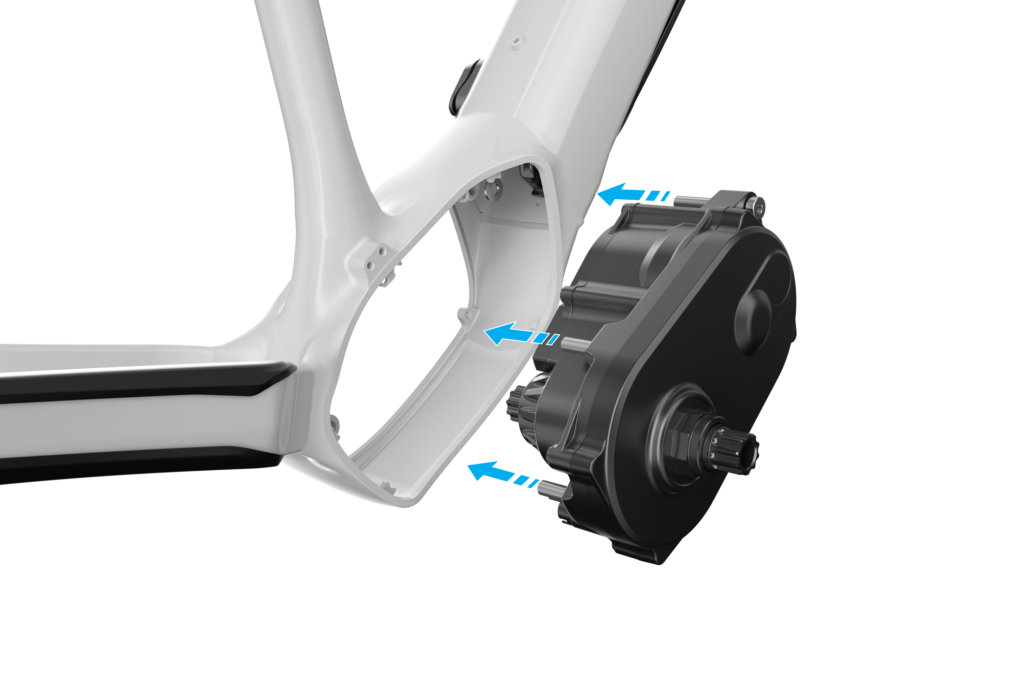
Type Overview (2.x Motors)
| Specialized 2.1/2.2 | Specialized 2.0 | Specialized 2.0E | |
|---|---|---|---|
| Motor Lable | E01680-100 (Drive Smag, vertical) (E06855-100) (Drive Smag, horizontal) | E57026-100 (Drive T Mag, horizontal) | (E57028-100) (Drive C Mag, horizontal) |
| Applicable Turbo Families | — Turbo Levo Gen3 — Turbo Vado/Como Gen2 — Turbo Tero (X) — Turbo Levo/Kenevo Gen2 | — Turbo Vado/Como Gen2 — Turbo Tero (X) | — Turbo Vado/Como Gen2 — Turbo Tero (X) |
| Hardware & Features | — Magnesium housing, coated — Alloy cover side at the electronic board for better heat dissipation — ISIS spindle — Direct to frame mounting — Compatible with Acceleration Response and Shuttle Mode in Mission Control App (some bike models) | — Magnesium housing, coated — Alloy cover side at the electronic board for better heat dissipation ISIS spindle | — Magnesium housing, coated — Alloy cover side at the electronic board for better heat dissipation — ISIS spindle — ‘E’ stands for ‘Economical’ — motor is tuned to consume less energy for the sake of extended ride time |
| Nominal Operating Voltage / Working Principle | 36V brushless motor with belt transmission | 36V brushless motor with belt transmission | 36V brushless motor with belt transmission |
| Max Torque | 90 Nm | 70 Nm | 50 Nm |
| Max. Watts1 (mechanical) | 560 w (250 nominal) | 470 w (250 nominal) | 430 w (250 nominal) |
| Rider amplification / x times You2 | Up to 410% 4x you | Up to 410% 4x you | Up to 410% 4x you |
| Approx. Weight | 2.95 kg | 2.95 kg | 2.95 kg |
| Light Port Output | Front light: 2 A x 12 V = 24 W Rear light: 0.2 A x 12 V = 2.4 W | Front light: 2 A x 12 V = 24 W Rear light: 0.2 A x 12 V = 2.4 W | Front light: 2 A x 12 V = 24 W Rear light: 0.2 A x 12 V = 2.4 W |
| Protection Rating | IP 56 | IP 56 | IP 56 |
| Warranty Terms | 2 years 4 years on MY 2019/20 Levo FSR & 2020 Kenevo | 2 years | 2 years |
Type Overview (1.x Motors)
| Specialized 1.3 | Specialized 1.2 | Specialized 1.2s | Specialized 1.2E | |
|---|---|---|---|---|
| Motor Lable | C97272-100 (Drive S) | C91143-100 C91143-200 (Drive T) | C97292-100 C97292-200 (Drive TF) | E22243-100 (Drive CB) |
| Applicable Turbo Families | — Turbo Levo/Kenevo Gen1 — Turbo Vado Gen1 — Turbo Como Gen1 | — Turbo Vado/Como Gen1 — Turbo Levo HT Gen1 | Turbo Vado Gen1 (L1e-B) | — Turbo Levo HT Gen1 — Turbo Kenevo Gen1 — Turbo Vado/Como Gen1 |
| Hardware & Features | — Alloy housing — ISIS spindle | — Alloy housing — ISIS spindle | — Alloy housing — ISIS spindle — 1.2 S is the 28mph/45kph version, EU-certified, with a dedicated firmware | — Alloy housing — ISIS spindle — ‘E’ stands for ‘Economical’ — motor is tuned to consume less energy for the sake of extended ride time |
| Nominal Operating Voltage / Working Principle | 36V brushless motor with belt transmission | 36V brushless motor with belt transmission | 36V brushless motor with belt transmission | 36V brushless motor with belt transmission |
| Max Torque | 90 Nm | 85 Nm | 85 Nm | 50 Nm |
| Max. Watts1 (mechanical) | 550 w (250 nominal) | 520 w (250 nominal) | 520 w (250 nominal) | 415 w (250 nominal) |
| Rider amplification (x times You)2 | Up to 410% 4x you | Up to 410% 4x you | Up to 410% 4x you | Up to 410% 4x you |
| Approx. Weight | 3.4 kg | 3.4 kg | 3.4 kg | 3.4 kg |
| Light Port Output | Front light: 2.4 A x 6 V = 14.4 W Rear light: 0.1 A x 6 V = 0.6 W | Front light: 2.4 A x 6 V = 14.4 W Rear light: 0.1 A x 6 V = 0.6 W | Front light: 2.4 A x 6 V = 14.4 W Rear light: 0.1 A x 6 V = 0.6 W Note: for bikes with these two motors, lights are not directly installed at motor light ports | Front light: 2.4 A x 6 V = 14.4 W Rear light: 0.1 A x 6 V = 0.6 W |
| Protection Rating | IP 56 | IP 56 | IP 56 | IP 56 |
| Warranty Terms | 2 years | 2 years | 2 years | 2 years |
1 — Mechanical vs. electrical output: max. mechanical output is defined in a third-party lab test; Mission Control displays the electrical consumption (watts) of the bike (stats field ‘MOTOR POWER’ in ‘RIDE’). The max. electrical consumption is higher than the max. mechanical output, since efficiency can never reach 100%.
— Nominal power: Refers to the power output the motor can maintain over a defined period of time in a standardized test.
2 — Refers to max. Rider power amplification to give Riders better understanding of how much support the motor adds. Definition: the system adds about 4 times the average Rider output which is a baseline value of around 135 watts; the x times you numbers are rounded
Servicing Notes
- Use the resources on the Service Website and in Turbo Studio Service Manager in case of service or replacement (e.g. service instructions or motor replacement video)
- Blind plugs: service motors ship without blind plugs: ensure they are transferred over from the previous motor
Performance Curves
Whereas all Specialized Full Power Motors share some core qualities such as their smooth feel, powerful assist and quiet operation, they differ with regard to their peak performance and efficiency values.
These performance curves are based on independent lab tests (velotech, Germany).
Note for motors with the signifier `E`: these are motors tuned for best efficiency rather than highest performance. In combination with lower capacity batteries, they offer a very good balance of power and range.
Mechanical Power
- Simplified, the watt values refer to the motor support Riders get to keep their momentum — the higher the value, the easier it is to maintain a certain speed
- The watts stated in the graphs refer to the mechanical output, whereas Mission Control or some on-bike displays reference the electrical output — which is higher than mechanical output since efficiency can never reach 100%
- Benefit of all motors: they offer optimal support over a broad cadence bandwidth and keep it up even at cadences beyond 100 rpm — this adds a lot to the natural ride feel we all appreciate
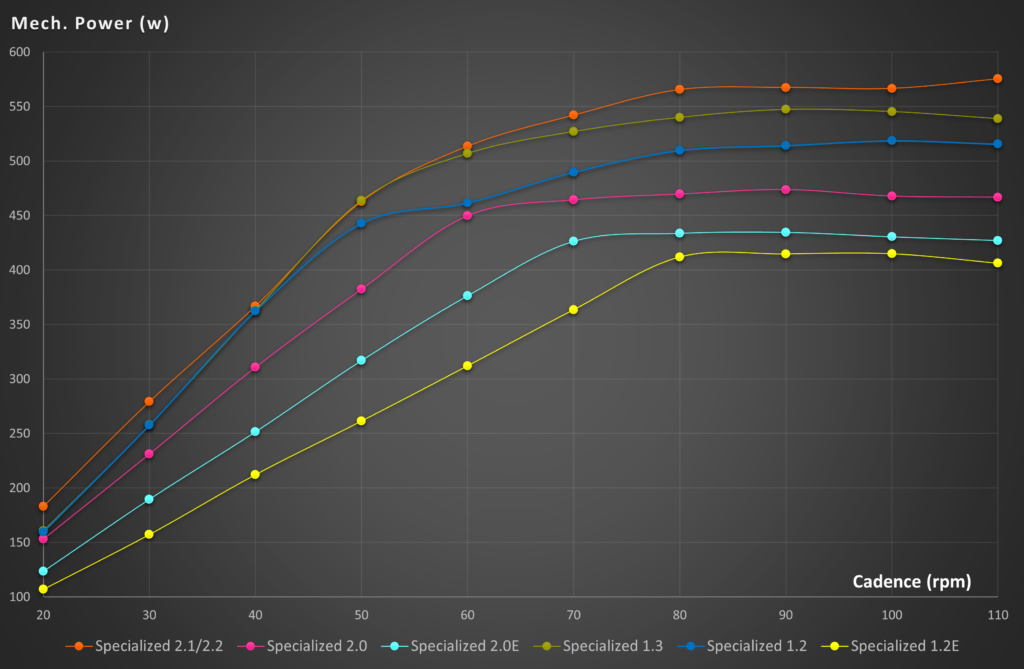
Torque
- Simplified, the newton meter values refer to the acceleration power and climbing performance a Rider would get — the higher the value, the easier it is to gain speed and to overcome steep inclines with ease
- Benefit of all motors: they offer a constantly high torque till cadences of 50 to 60 rpm for steady, natural acceleration and smooth climbing; going into higher cadence spectrums, the curves gently decrease, rather than dropping sharply; this mimics exactly the feel a Rider without motor assist would get and therefore contributes a lot to the natural Ride feel of our Turbo bikes
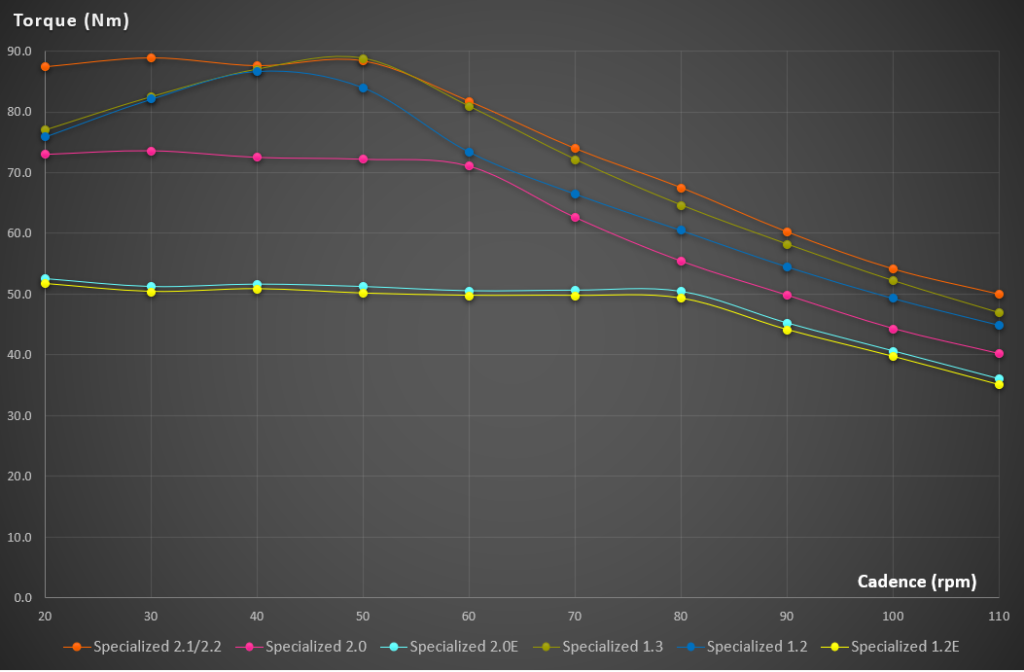
Efficiency
- Efficiency can never reach 100% since some loss is inevitable, especially through heat build-up
- Benefit of all motors: they reach very very good efficiency rates in a Rider`s natural cadence spectrum of rpm 75+, resulting in optimal motor performance and range
- To get maximum range, Riders should pedal smoothly at cadences of 75 rpm and higher — this is also the most knee/leg-friendly way of pedalling
RPM 75+ supports optimal efficieny
